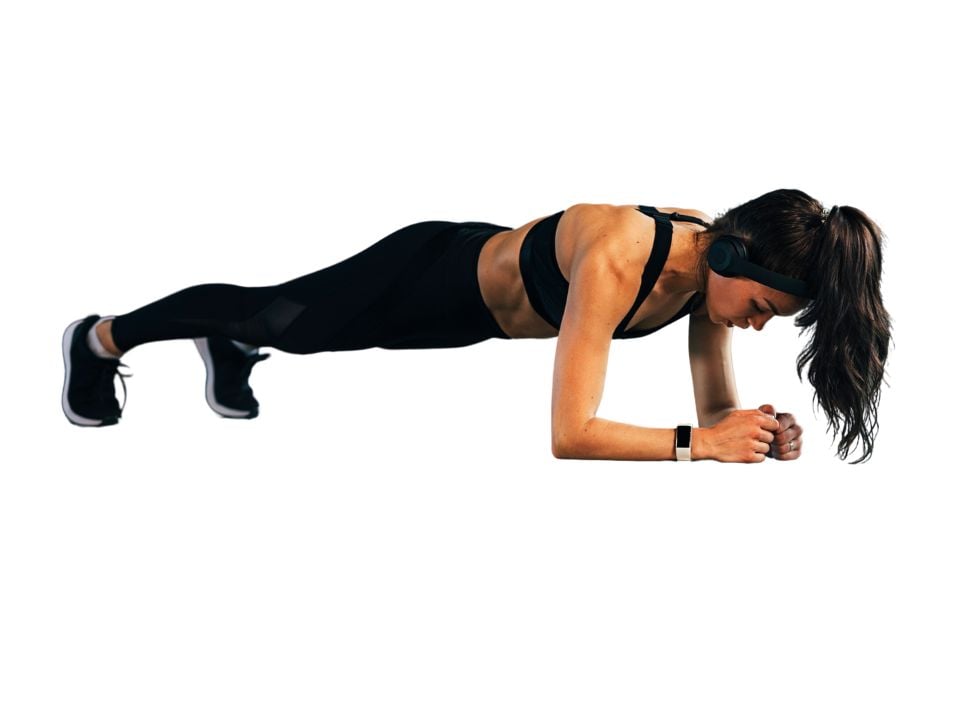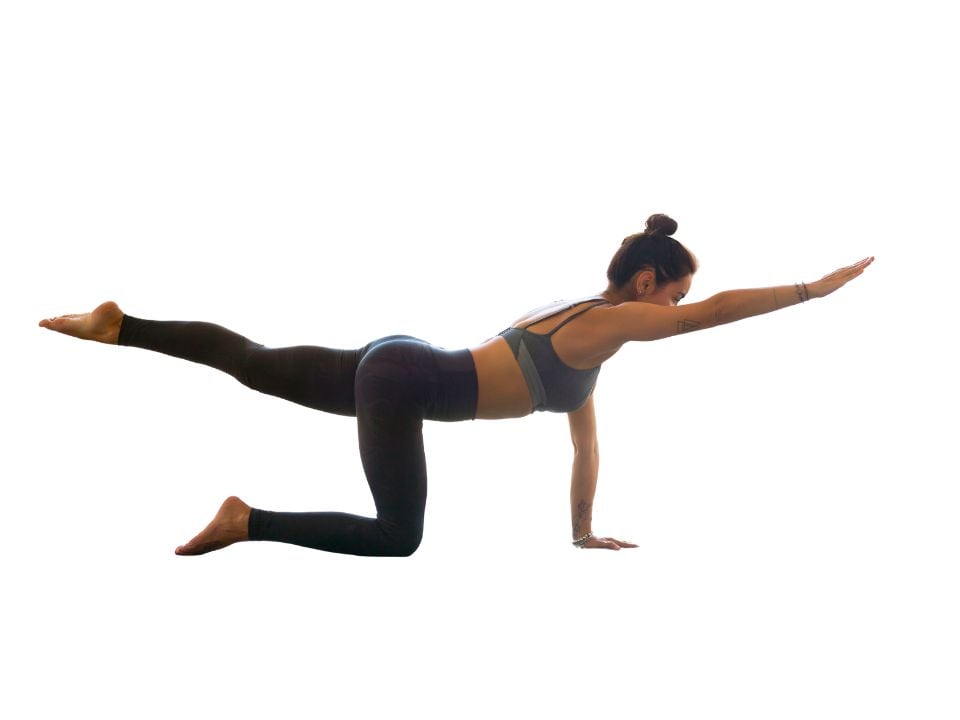How heavy are the textbooks you or your kids are lugging around daily? This post provides a comprehensive overview of the heft of textbooks and their potential connection to back pain.
Many students, from grade school to college, experience physical discomfort – predominantly backaches – due to the daily haul of textbooks. If you are one of those in pain, keep reading as we review the truths about textbook weight and its impact on your health.
Say goodbye to unnecessary back pain once and for all!
On average, textbooks weigh around 4 to 5 pounds (1.8 to 2.3 kilograms). However, it’s important to note that this is a general estimate, and individual textbooks may weigh more or less. The average weight of a textbook varies depending on several factors, such as subject, size, and level of illustrations.

Average Weight of Textbooks (High School and Beyond)
According to a study conducted by the California Board of Education in 2004, the average weight of a high school student’s bag filled with textbooks ranged from 16 to 20 lbs (7.25 to 9.07 kg).
This weight is considerable, especially since students are still growing and developing. The weight of textbooks can lead to various health issues, including neck and back pain and poor posture.
Students in different grade levels experience varying textbook weights based on the subjects they study. For example, 11th-grade students carry the most substantial amount of weight. The combined weight of their books can peak at around 20 pounds (9kg).
To minimize the health impacts, in 2004 California implemented a code to limit the maximum weight of textbooks for different ages.
The limits per book are:
- Grades K-4: Three Pounds or 1.4 kilograms
- Grades 5-8: Four Pounds or 2.8 kilograms
- Grades 9-12: Five Pounds or 2.3 Kilograms
Textbook Weight by Subject: Some Examples.
Textbooks come in diverse shapes and sizes, depending on their subject matter. Physics and science textbooks, for instance, are generally heavier than history or geography books.
Physics and science subjects often require more illustrations, charts, and diagrams to explain their complex concepts visually. These additional visual aids contribute to increased page count and overall book weight. An average physics textbook might weigh just over 4.5 pounds (2.04 kg).
Here are some examples:


On the other hand, history and geography textbooks primarily focus on conveying events and facts without requiring extensive visual aids. Therefore, they tend to be lighter in weight compared to science textbooks.
Here, again are a couple of examples:


How to Calculate Book Weights?
Thomson-Shore has provided a book weight estimate calculation. Let’s use their approach to calculate the weight of a 320-page book in 6 x 9-inch trim printed on 60# stock.
| Step | Example |
|---|---|
| 1. Multiply trim width x trim height | 6 x 9 =54 |
| 2. Multiply answer above x text stock weight | 54 x 60 = 3240 |
| 3. Divide the answer above by 950 | 3240 / 950 = 3.41 |
| 4. multiply the answer above by page count, preceded by a decimal point if the book is under 1000 pages | 3.41 x .320 =1.09pounds per book (Text only) |
Impact on Student Health
The weight of textbooks can profoundly impact student health and well-being. Carrying heavy backpacks filled with books and other school supplies for prolonged periods can lead to various physical ailments, mainly back pain and musculoskeletal issues.
Over time, the cumulative weight takes a toll on their bodies, mental health, and academic performance.
The strain of lugging around heavy backpacks can cause postural imbalances, leading to muscle fatigue, stiffness, and even long-term complications like chronic pain. This can affect concentration in class and enjoyment of physical activities outside of school.
Research on Appropriate Backpack Weight Limits
Extensive research has been conducted to determine appropriate weight limits for backpacks to minimize the risk of back pain and injuries in students of all ages.
Multiple studies have demonstrated that carrying a backpack exceeding a certain percentage of body weight can lead to discomfort, pain, and even long-term musculoskeletal issues.
According to expert recommendations, for adults, backpacks should not exceed 20% of total body mass. For example, a person weighing 200 pounds (91 kg) should carry at most 40 pounds (18 kg) in their backpack.
Similarly, for children, a backpack should weigh at most 10% of their body weight. For instance, if a child weighs 70 pounds (32 kg), they should only carry up to 7 pounds (3.2 kg) in their backpack.
Are you following those limits?
One study conducted by researchers at the University of California found that increased backpack weight led to an increase in curvature of the spine as well as compression and strain on the discs between vertebrae. They concluded that excessive backpack weight can lead to postural changes and may contribute to the development of chronic back pain in adolescents.
A personal story from Sarah, a college student:
Sarah experienced excruciating back pain during her freshman year due to her heavy backpack. She had underestimated the importance of adhering to weight limits and carried far more than recommended. The constant strain took its toll, making it difficult for her to focus on her studies and enjoy extracurricular activities. It was only after seeking chiropractic care and adjusting her habits that she regained her comfort and productivity.
How to Reduce the Risk of Back Pain
Proper Carrying Techniques.
Proper technique prevents back pain and strain when carrying heavy textbooks.
Here are some tips to ensure you’re bringing your books in the safest way possible:
- Use a backpack with padded straps: Opt for a backpack with wide and padded shoulder straps. These straps help distribute the weight more evenly across your shoulders, reducing strain on your back and neck.
- Adjust the straps: Make sure your backpack fits snugly against your back without sagging too low or hanging too high. Adjust the straps accordingly to find the right balance.
- Use both shoulder straps: Always wear both shoulder straps when carrying your backpack. Using only one strap can cause an imbalance, leading to poor posture and potential back pain.
- Pack strategically: Distribute the weight of your books evenly inside your backpack. Place heavier items closer to your back instead of at the bottom. This helps maintain balance and prevents unnecessary strain on your spine.
- Avoid overloading: Be mindful of the weight you’re carrying in your backpack. Consider whether you need to carry all the books at once or if it’s possible to leave some behind or use digital alternatives when available.
- Lift with your legs: When picking up a heavy bag, bend at the knees rather than bending your back. Engaging your leg muscles helps reduce strain on your spine and minimizes the risk of injury.
- Take breaks: If you have a long walk ahead or need to carry your backpack for an extended period, take regular breaks to rest and readjust the weight distribution on your shoulders.
Strengthening Exercises for Back Pain Relief
To combat the strain caused by carrying heavy textbooks, incorporating strengthening exercises into your routine can provide relief and support to your back. Here are some exercises that target the core muscles and help alleviate back pain:
Plank:
The plank exercise strengthens your core muscles, including those in your abdomen, lower back, and hips.
Start by assuming a push-up position, then lower yourself onto your forearms.
Hold this position for as long as you can while maintaining proper form.

Superman:
Lie face down on the floor with your arms extended above your head.
Using your lower back muscles, lift your arms, chest, and legs off the ground.
Hold for a few seconds before lowering back down. Repeat for several repetitions.

Bird Dog:
Begin on all fours with your hands aligned with your shoulders and knees beneath your hips.
Extend one arm forward while simultaneously extending the opposite leg straight back.
Hold for a moment before returning to the starting position. Alternate sides and repeat.

Bridge:
Lie on your back with knees bent and feet flat on the ground.
Engage your core muscles and lift your hips off the ground until there is a straight line from your knees to your shoulders.
Hold for a few seconds before lowering back down.

Remember to consult with a healthcare professional or physical therapist before starting any new exercise regimen, especially if you have existing back pain or injuries.
Strengthening exercises provide stability and support for better posture and overall spine health.
Incorporating these exercises into your routine can help improve strength and flexibility in the areas most affected by carrying heavy textbooks, leading to reduced back pain and discomfort.
Transition to Digital Textbooks
There has been a significant shift from traditional print textbooks to digital alternatives in recent years.
One of the primary reasons behind the transition to digital textbooks is the increased popularity of e-readers, tablets, laptops, and smartphones. These devices allow students to access digital textbooks anytime, anywhere, eliminating the need to carry heavy physical books. Digital textbooks also offer convenient features like adjustable font sizes, searchable content, and interactive multimedia elements that enhance the learning experience.
However, this transition has its challenges. Considering both the benefits and potential drawbacks before fully embracing digital textbooks is essential.
Benefits of Digital Textbooks:
- Cost Savings: Digital textbooks are often more affordable than print versions due to lower production costs. Students can save a considerable amount of money by purchasing or renting digital copies instead of buying expensive printed editions.
- Accessibility: With digital textbooks, students have instant access to their materials through online platforms or dedicated e-reader apps. This accessibility eliminates delays associated with shipping or bookstore availability, ensuring students have the resources they need when they need them.
- Convenience: Carrying a single device with all their textbooks and study materials is undeniably more convenient than lugging around a backpack full of heavy books. Digital textbooks also allow for easy annotation, highlighting, and quick searches, enhancing the overall learning experience.
Challenges with Digital Textbooks:
- Technological Infrastructure: While access to technology has improved significantly, not all students have equal access to devices or a reliable internet connection. This digital divide can pose challenges for students who rely solely on digital textbooks for their academic needs.
- Distractions and Screen Fatigue: Electronic devices can be a source of distractions, pulling students away from their studies with notifications or temptations to browse the internet or engage in unrelated activities. Extended screen time can also lead to eye strain and fatigue if proper breaks are not taken.
- Limited Features: Despite advancements, some digital textbooks may not offer the same level of interactivity as others or lack certain features that are present in print books. This limitation might impact certain subjects or courses that rely heavily on visual content or complex diagrams.
So while digital textbooks have many benefits, they might not suit everyone or every learning style. Some students prefer the tactile experience of physical books and find it easier to concentrate without being tempted by digital distractions. Reading comprehension and retention may also be impacted by reading digitally rather than from a physical book.
With these benefits and challenges in mind, it’s clear that the transition to digital textbooks is reshaping the educational landscape. As technology continues to advance and e-learning platforms evolve, both educators and students must adapt to make the most out of this transformation.






